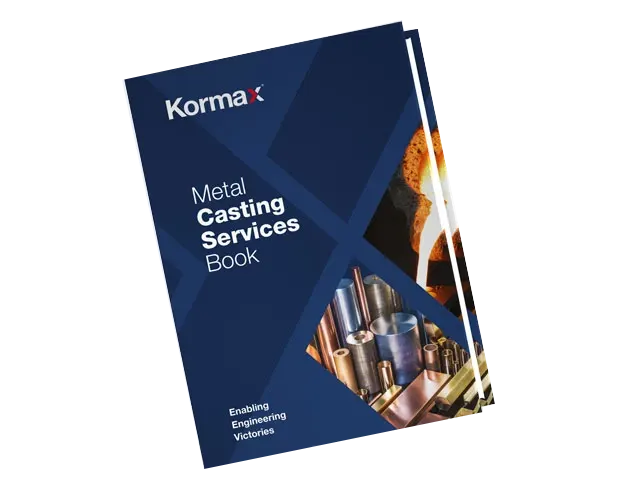Introduction
Sand casting, investment casting, and aluminum die casting are three prominent metal casting methods with distinct characteristics and cost influences. In this blog, we’ll delve into the factors that influence the cost of each casting method, offering valuable insights for design engineers and purchasing managers.
Sand Casting
Sand casting, a traditional and versatile method, involves creating a mold from compacted sand into which molten metal is poured. While sand casting typically offers lower tooling costs and flexibility for complex geometries, factors such as labor intensity, material waste, and longer production lead times can influence overall costs. Design considerations, such as draft angles and part complexity, also impact sand casting costs.
Investment Casting
Investment casting, also known as lost-wax casting, entails creating a wax pattern, coating it with ceramic, and then melting away the wax to leave a mold cavity. Although investment casting can achieve intricate details and superior surface finishes, it often incurs higher tooling costs due to the complexity of the process and the need for precise wax pattern creation. Additionally, the materials used in investment casting, such as ceramic shells, contribute to overall costs.
Aluminum Die Casting
Aluminum die casting involves injecting molten aluminum into a steel mold cavity under high pressure. This method offers rapid production rates, tight tolerances, and excellent dimensional accuracy, making it suitable for high-volume manufacturing. However, aluminum die casting typically requires higher upfront tooling costs for the creation of durable steel dies. Material costs and part complexity also influence overall expenses.
Comparative Analysis
When comparing sand casting, investment casting, and aluminum die casting, several key factors influence cost considerations. These include tooling costs, material costs, production volume, part complexity, surface finish requirements, and lead times. Design engineers and purchasing managers must carefully evaluate these factors to determine the most economical casting method for their specific application and production requirements.
Below is a comparative table outlining the factors that influence the cost of sand casting, investment casting, and aluminum die casting:
| Cost Factors | Sand Casting | Investment Casting | Aluminum Die Casting |
| Tooling Costs | Moderate | High | High |
| Material Costs | Moderate | Moderate to High | Moderate to High |
| Production Volume | Low to High | Low to Medium | Moderate to High |
| Part Complexity | Moderate to High | High | Moderate to High |
| Surface Finish Req. | Moderate | High | Moderate to High |
| Lead Times | Moderate to Long | Moderate to Long | Moderate to Short |
Quality Control
An important cost that is not discussed in blog, is the costs associated with quality controls. Standard quality controls are aspects like chemical analysis and tensile reports. But these provide a limited and narrow view of what can and, in certain cases, should be controlled and confirmed.
Looking at additional control measures like UT (ultrasonic evaluation), RT (radiography examination), MPI (magnetic particle inspection), and DP (dye penetrant testing) enables you to do many more structural and soundness reports but as everything else, comes with a price tag.
These obviously come at a higher cost and can be offered as a percentage control (10% of batch or higher). These are not process limited, meaning they can be included in any manufacturing process to establish the structural integrity and component soundness of a casting.
Conclusion
In summary, understanding the cost influences of sand casting, investment casting, and aluminum die casting is essential for informed decision-making in metal component manufacturing. By considering factors such as tooling costs, material costs, and production parameters, design engineers and purchasing managers can optimize their casting processes for both cost-effectiveness and quality. With a comprehensive understanding of these casting methods and their cost drivers, businesses can achieve efficient and competitive manufacturing practices.
Contact Kormax Today
Kormax has extensive experience supplying metal castings in these casting methods across several industries. Our experienced team is trusted by our customers for advice on which casting method is best for their projects and which quality controls should be considered. Contact our Team today to discuss your project.

